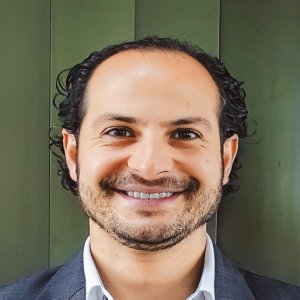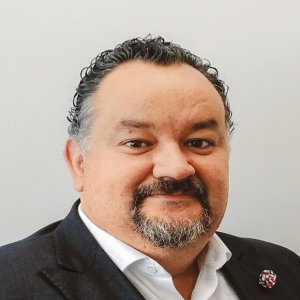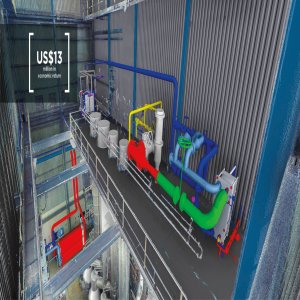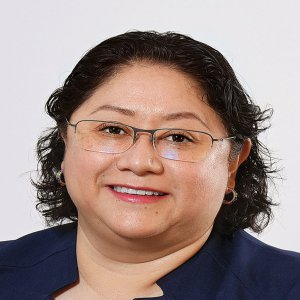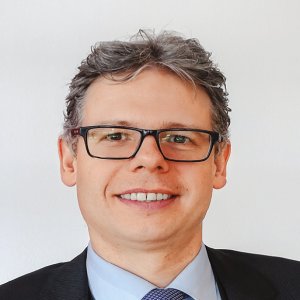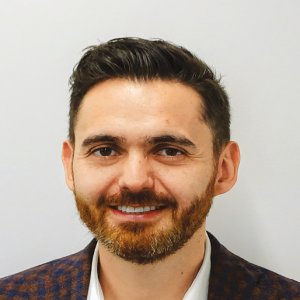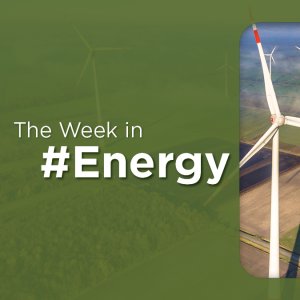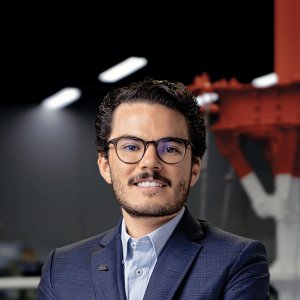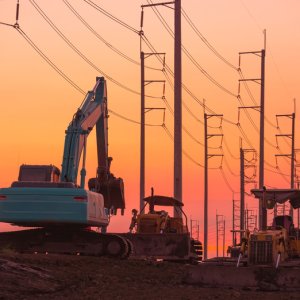Transmitting Grid Quality

STORY INLINE POST
With a swelling population, Mexico’s energy consumption needs are only growing. Eloy López, Director General of ISEBSA, says transmission and distribution infrastructure needs to be a priority to mitigate energy losses and secure a reliable and continuous supply. “Despite its evolution, the National Electricity System was showing signs of obsolescence, with large generation centers far away from load centers,” he says.
As President of Mexico’s Federation of Colleges of Mechanical Electrician Engineers (FECIME), López engaged in discussions with the Ministry of Energy’s Former Deputy Minister of Electricity, Lourdes Melgar, in 2014, about the status of the system. From these conversations, a largescale transmission scheme to mitigate transmission losses was designed.
López says a more distributed transmission system would lead to greater efficiencies. For example, Oaxaca’s wind farm generation is on the brink of saturation while the central region of the country lacks energy. “Today, the Ministry of Energy is testing a direct-current transmission system from Juchitan, Oaxaca to Topilejo, Morelos that includes a larger substation to capture and transmit generation more efficiently toward the country’s center region,” he says.
ISEBSA is a Mexican company founded in 1994 to provide specialized services in the design and construction of electro-mechanical works, as well as corrective and preventive maintenance services for industrial facilities. López says one factor behind the company’s success is its constant drive to stay ahead of regulatory changes. “It is critical to be in the best position to make sure the electricity installations we assess comply with the Electricity Law, the Load Center Connection and Generation Center Interconnection Manuals and the Complementary Administrative Dispositions,” he says. “This allows us to design procedures under which installations must be structured, ensuring they are modern and efficient.”
From López’ standpoint, Mexico’s PRODESEN is on track to meet the country’s transmission and distribution needs.
“PRODESEN’s objective boils down to capitalizing on clean energy sources, lowering generation costs and evenly distributing generation centers across the country,” he says. “The growth in the Bajio region’s load centers is a testament to PRODESEN’s progress. Energy now travels shorter distances, presents fewer voltage and frequency variations and there is less service interruption.”
As the manager of the National Electricity Transmission and Distribution Scheme and the General Transmission Grid, CENACE continuously analyzes consumption points and how to optimally generate and distribute energy toward them. “The system is modeled according to the necessities of power generators and load centers. Distribution does not present many problems for dispatch; issues come at the transmission level,” López explains. “Large load centers are inherently difficult to recalibrate. Due to these difficulties, instead of recalibrating or increasing the capacity of existing lines, CENACE is calling for the installation of new lines to modernize the grid, using the old scheme as reinforcement.”
In terms of renewable energy generation, López says PV has slowly taken a larger share of ISEBSA’s work, predominantly in wind farm inspections. “We design mathematical models tested with on-site trials at generation plants,” he says. “Once the mathematical model is validated, the system’s behavior can be anticipated under any situation. The model can be applied to different generation technologies, albeit with different calculations based on the equipment used.”
As a message to energy intensive industries, López calls on them to join the country’s transition efforts. “Under the Electricity Law, energy-intensive users must justify that 5 percent of their energy consumption comes from clean energy sources and this percentage is set to grow over time,” he says. “Most see it as an extra cost but it is rather an effort to create a benefit for the country, implying less pollution and better energy quality. The benefits far outweigh the costs and our energy generation and consumption models must evolve and move forward for the sake of future generations.”
